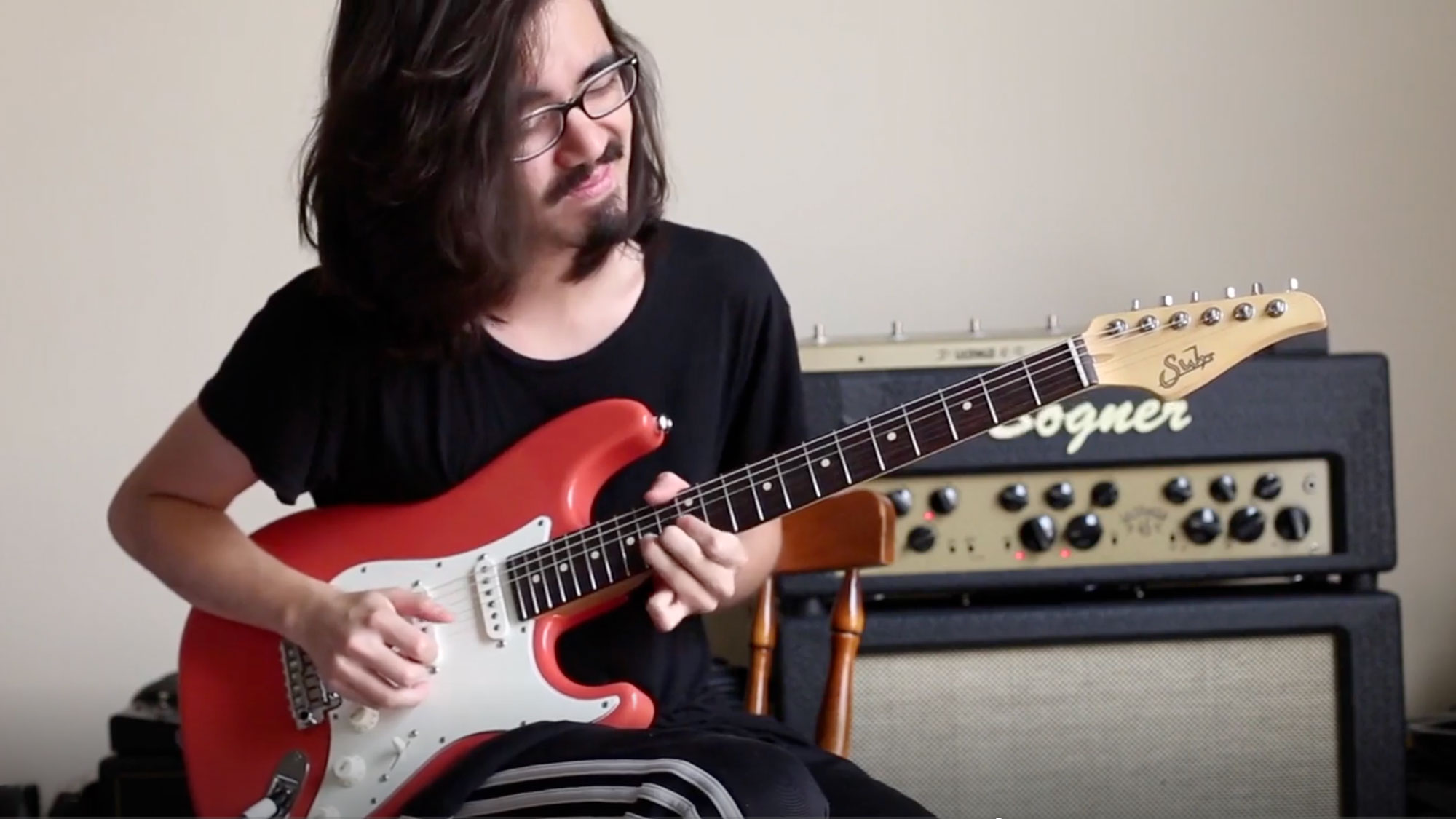“The idea of the ‘rhythm’ side and the ‘lead’ side as distinctly separate entities has become somewhat blurred”: Mateus Asato is a modern master of combined rhythm and lead playing – he shares his poetic soloing secrets
No one mixes genres like Mateus Asato, and in this lesson brought to you in partnership with JTC Guitar, the neo-soul master brings funk, jazz and soul together in exercises to improve your use of ghost notes and double-stops

Over the past decade or so, we’ve seen the emergence of quite a distinctive approach to the electric guitar. Although not gone, the idea of the ‘rhythm’ side and the ‘lead’ side as distinctly separate entities, has become somewhat blurred.
These days, certainly with some styles or genres, it’s equally rhythm and lead, chord and melody, pick and fingers, combining elements of funk, jazz and fusion, and borrowing vocabulary from piano and horn parts. This style is often labelled ‘neo-soul’ or ‘neo-soul fusion’, a nod to the similar genre-spanning developments in soul and R&B in the 2000s.
Mateus Asato is one of the style’s foremost proponents, and covers a huge stylistic and tonal range. You can hear a sample of what Mateus can do at JTC Guitar, and in this lesson we have three samples from his Poetic Soloing package for you to try. As you’ll see, there’s nothing particularly difficult in terms of music theory.
In these styles, it’s all about the tones and textures, pushing the boundaries of what we consider to be ‘guitar sound’. So you’ll need to think about timing, groove, and locking in with the rhythm section. But it’s a lot of fun!
Example 1
The classic neo-soul sound: waves of double-stops built around the chords. You could think of this as the 21st-century evolution of the Hendrix Little Wing approach. There are lots of intricate grace notes, so start by establishing the main melodic lines, adding the extra notes when you feel able.
Example 2
This lick is mostly played over a static Cmaj7 chord, but using the ‘home’ scale of G major (G-A-B-C-D-E-F#) to give a C Lydian sound. There’s a range of techniques here, and you could conceivably play it all with fingers, hybrid picking or just using a pick.
Example 3
Returning to the main G major chord progression, this example has more of a single-note lead approach. Again, notice the abundance of textures: starting with double-stops, we have four-note flourishes in bar 3, flowing slides in bar 4 and then those rippling wide intervals leading into the final descent. Poetic indeed!
Get The Pick Newsletter
All the latest guitar news, interviews, lessons, reviews, deals and more, direct to your inbox!
“There are so many sounds to be discovered when you get away from using a pick”: Jared James Nichols shows you how to add “snap, crackle and pop” to your playing with banjo rolls and string snaps
How to find new approaches to blues soloing – using fingerstyle improv ideas and Roy Buchanan-inspired licks









![Joe Bonamassa [left] wears a deep blue suit and polka-dotted shirt and plays his green refin Strat; the late Irish blues legend Rory Gallagher [right] screams and inflicts some punishment on his heavily worn number one Stratocaster.](https://cdn.mos.cms.futurecdn.net/cw28h7UBcTVfTLs7p7eiLe.jpg)
